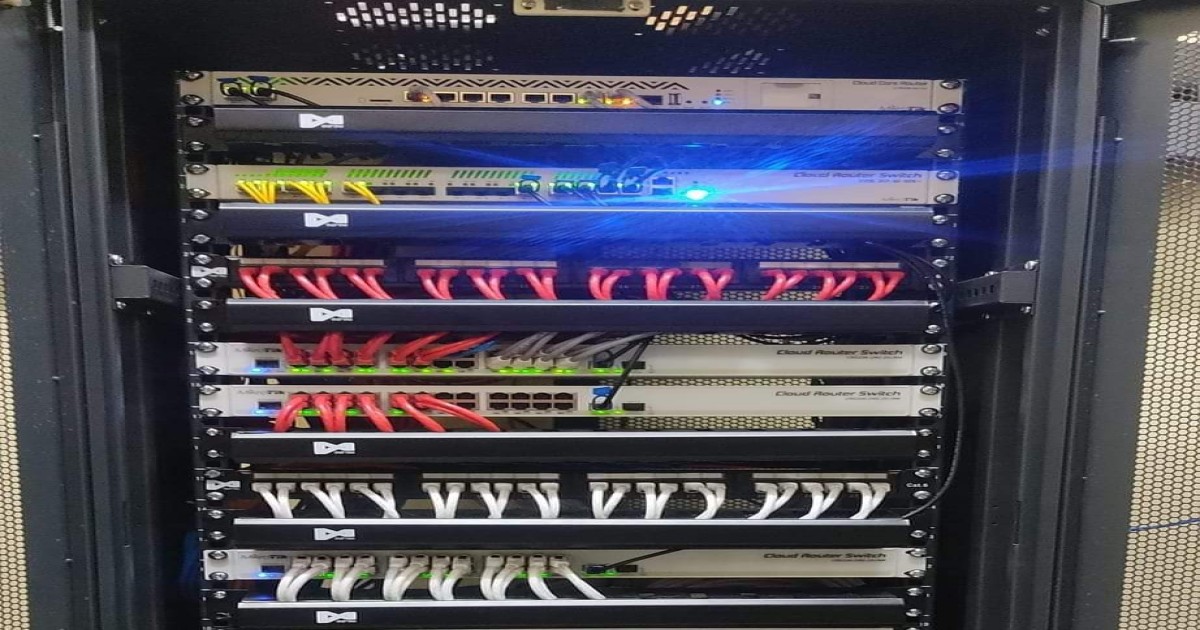
How to Choose Right EZVIZ Wireless Camera for your house, shop or garage? In the world we are living at present the technology is moving so fast with ...

Networking Company in Nepal: First Aid Nepal is the leading system integrator,importer and project contractor for the passive networking solutions f ...
First Aid Nepal; The first aid for all your home security needs! First Aid Nepal is your best choice for all your home security needs! Buy a Fire extinguisher in Nepal and other home and office security at the best price from us. We are the prime importer, supplier, and distributor in Nepal of home safety equipment, seamlessly integrating the safety of our customers with the sustainability of our business. It is not just about business for First Aid Nepal; it is about gaining trust and saving lives.
Your security is our responsibility! We distribute products from internationally acclaimed brands at an affordable price, such as Sri CO2 Fire Extinguisher, SFFECO ABC stored Fire extinguisher, Dahua IP CCTV Cameras, Hikvision Analog HD CCTV Camera, System Sensor Smoke Detectors in Nepal, and more. By combining multiple internationally renowned home security brands at the same location, First Aid Nepal offers diversity within quality. We provide you with the power to purchase the best quality products for home security and the power of preference.
With the dream of providing first-class services and support to all our customers, we strive to ensure that every home in Nepal has some home safety measures; so that you can implement first aid before the disaster grows bigger at any time. We don't just provide you with products that relieve you from immediate risks but also so that you can maintain the safety of your home even when you are away.
For this, the process of providing the best value in-home safety products like fire extinguishers, fire alarms, and a home surveillance system is just the first step. Eventually, First Aid Nepal envisions a day when having our products and knowing how to use them becomes a norm.
Do you have home safety products but don't know how to operate them? Don't worry; we got your back. Our security experts are just a call away, ready to provide you with comprehensive guidance on the usage and maintenance of our products.
Being one of the biggest importers, suppliers, and distributors of Fire Safety and first aid home safety equipment in Nepal, we can guarantee you that our support will always be there with our customers regardless of the circumstances. Long-lasting service built on decades of trust is what we seek. However, we are not slow in our product delivery by any means. Shop online or directly visit our stores - First Aid Nepal is always open for you.
Yes, we are not just an online shopping station but also have a physical store. If you have used a fire extinguisher lying around, don't just throw it - refill fire extinguisher at our stations for the best value for your price. We are one of the genuine fire extinguisher supplier in Kathmandu, Nepal.

Quick and delivery of innovative fire safety and electronic security solutions for better convenience and additional assurance

Delivery and installation of security products before payment for trust and customer satisfaction

24/7 technical support from security experts to solve all your queries, concerns, and curiosities